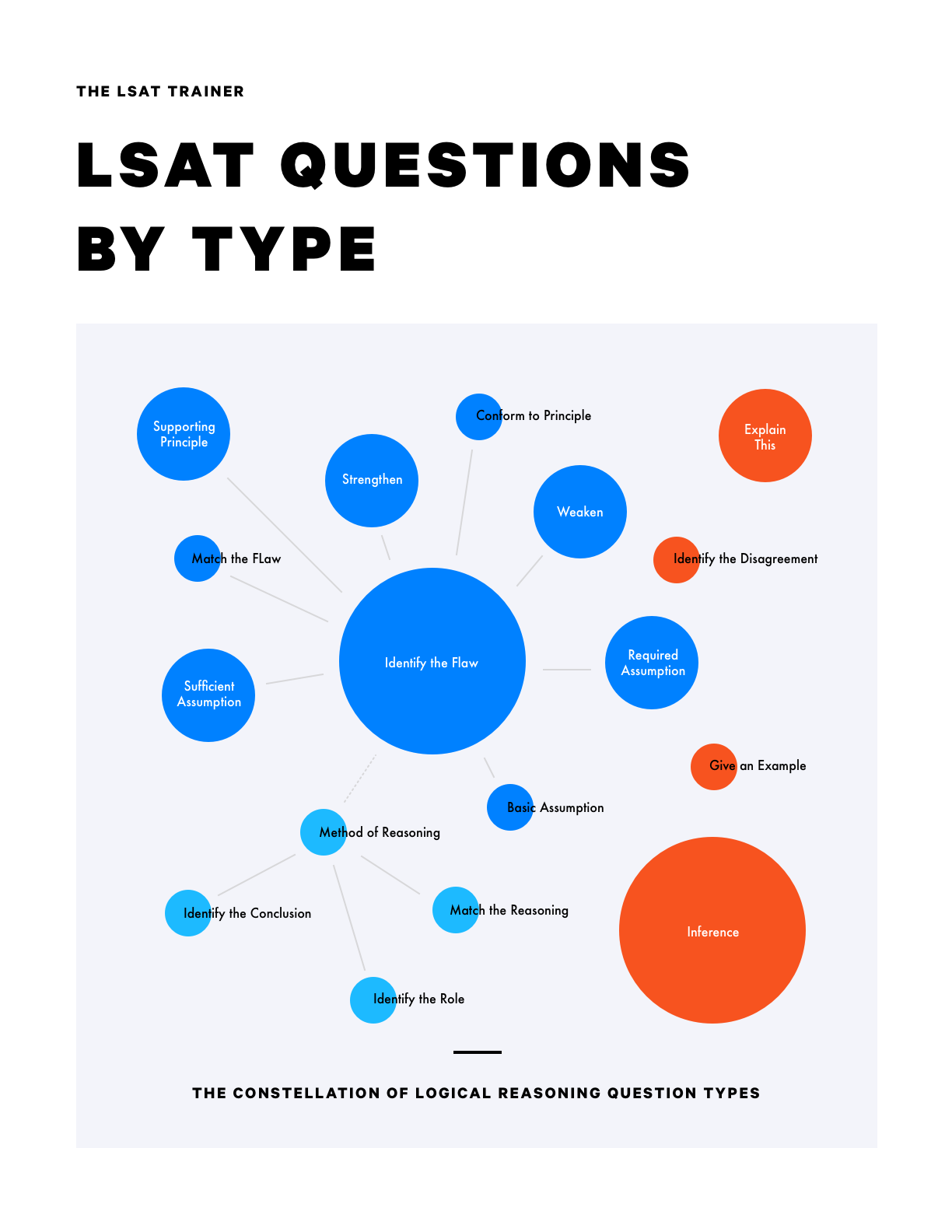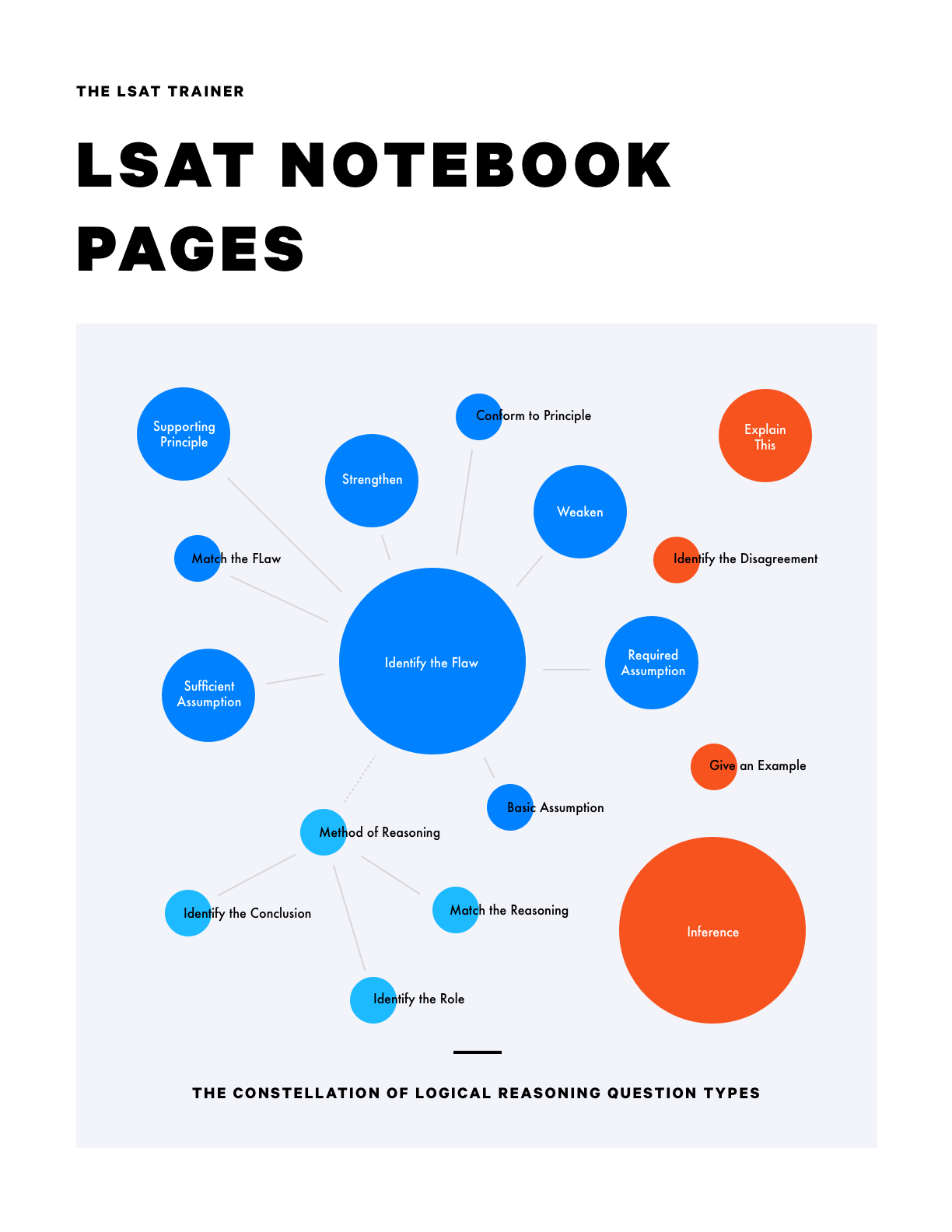Game 1 (Option 1)
Step 1
Per the given scenario, write out the six elements to be placed - J, K, L, N, O, and R - and lay out the assignments for Wednesday, Thursday, and Friday, differentiated by morning and afternoon.
Step 2
Per the first rule, notate that K and R must always be grouped together.
Step 3
Per the second rule, notate that L and O cannot be grouped together.
Step 4
Per the third rule, notate that N must lead an afternoon session, or, as we have done, that N cannot lead a morning session.
Step 5
Per the final rule, notate that J must go before O.
Step 6
Since O can’t be with L or J, and since K and R are paired together, we can infer that O must be paired with N (with O in the morning and N in the afternoon). That leaves J and L as our final pair.
Game 1 (Option 2)
Step 1
Per the given scenario, write out the six elements to be placed - J, K, L, N, O, and R.
Step 2
Per the given scenario and the first rule create three frames, one with the K and R group (in either order) assigned to Wednesday, one with the K and R group assigned (in either order) assigned to Thursday, and one with the K and R group (in either order) assigned to Friday.
Step 3
Per the second and fourth rules, L can’t be with O, and J can’t be with O. Thus, we can infer that O can only be with N (with N, per the third rule, going in the afternoon slot). That means that the final two elements, J and L, must be paired up (in either order). We can use the final rule, which tells us J must go before O, to place both the (O, N) and (J, L) groupings.
Game 2
Step 1
Per the given scenario, write out the seven elements -- O, P, the two R’s, S, T, and V -- to be placed.
Step 2
Per the first rule, create two frames, one with P in the first spot and R in the last, and the other with R in the first spot and P in the last.
Step 3
Per the second rule, notate that we can’t have R’s in the two spots next to each of the already placed R’s.
Step 4
Per the third rule, notate that O or V must go next to P.
Step 5
Per the fourth rule, notate that V and T can’t go next to one another.
Step 6
Mark that S is not mentioned in any of the rules.
Game 3
Step 1
Per the given scenario, we can write out the seven elements - K, M, P, Q, S, T, and U - to be placed.
Step 2
We can create frames based off the following combinations of factors:
a) Per the third rule, P and Q must be grouped together.
b) Per the second and fifth rules, the P and Q grouping cannot go in Zone 2, because then Zone 3 wouldn’t be able to have more elements than Zone 2.
c) Per the fourth rule, S and U must be grouped together.
d) If the Q, P grouping is put in Zone 3, per the first rule, T must go in Zone 1, and then, per the second rule, the S, U pairing must go in Zone 2.
All combined, we have three options for how the (P, Q) and (S, U) groups can be assigned: P and Q in 1 with S and U in 2 (frame 1); P and Q in 1 with S and U in 3 (frame 2), or S and U in 2 with Q and P in 3 (frame 3).
Step 3
In frame one, per the fifth rule, we must have more elements in the third zone than the second, and the only way to have that is to place all three remaining three elements into the third zone.
Step 4
In the second frame, per the second rule, we must place T into the second zone.
Step 5
In the second frame, we also want to notate, per the fifth rule, that the third zone must have more elements than the second.
Step 6
In the third frame, per the first rule, we must place T into the first zone.
Step 7
In the third frame, we also want to notate, per the fifth rule, that the third zone must have more elements than the second.
Step 8
We can notate that K and M have not been mentioned in any of the given rules.
Game 4 (Option 1)
Step 1
Per the given scenario, we can write out the two elements - W and Z - and the two options for subsets - m and t, and we can lay out the five positions to be filled.
Step 2
Per the first rule, we can notate that the third slot will have t.
Step 3
Per the second rule, we can notate that we have exactly 1 set of consecutive t’s.
Step 4
Per the third rule, we can notate that either Wt or Zm goes in the fourth slot.
Step 5
Per the fourth rule, we can notate that the pianist in 2 and the pianist in 5 are not the same.
Step 6
Per the fifth rule, we can notate that we must have a Wm before we have any t. We can also make and notate a small inference that this means the first solo must be an m.
Game 4 (Option 2)
Step 1
Per the given scenario, we can write out the two elements - W and Z - and the two options for subsets - m and t.
Step 2
Per the third rule, we can create two frames, one with Wt in the fourth position and the other with Zm.
Step 3
In the first frame, per the first rule, we can place t into the third slot.
Step 4
In the first frame, per the second rule, we can infer that positions two and five cannot be t, and therefore must be m.
Step 5
In the first frame, per the fourth rule, we can notate that the elements in 2 and 5 are not the same.
Step 6
In the first frame, per the fifth rule, we can infer and notate that the first slot must have an m.
Step 7
In the second frame, per the first rule, we can place t into the third slot.
Step 8
In the second frame, considering the second rule, the only place the consecutive t’s can go is in 2 and 3. So, we can notate that 2 must be a t.
Step 9
In the second frame, per the fourth rule, we can notate that the elements in 2 and 5 are not the same.
Step 10
In the second frame, per the fifth rule, we can infer that the first performance must be a Wm.



